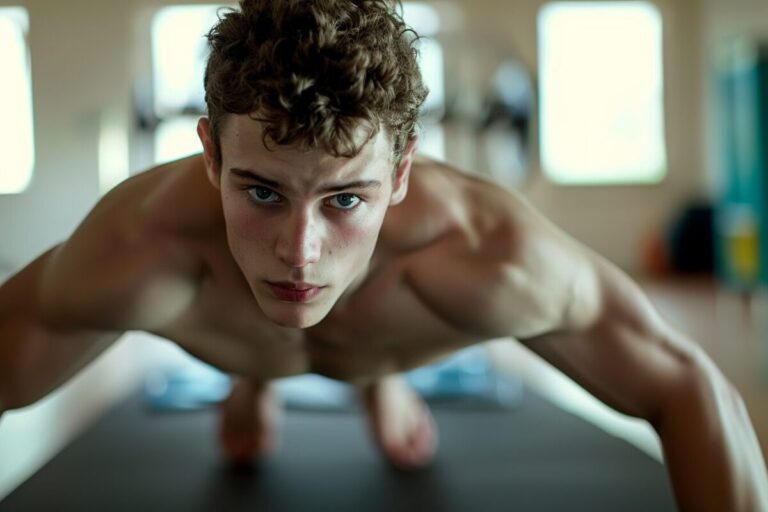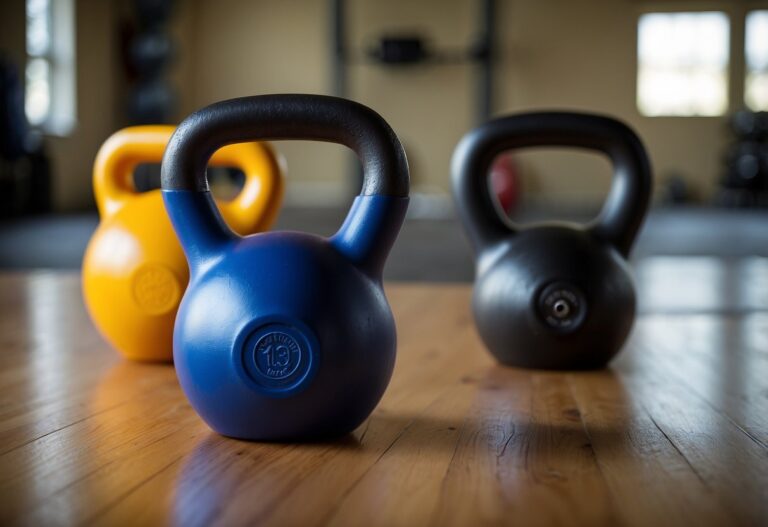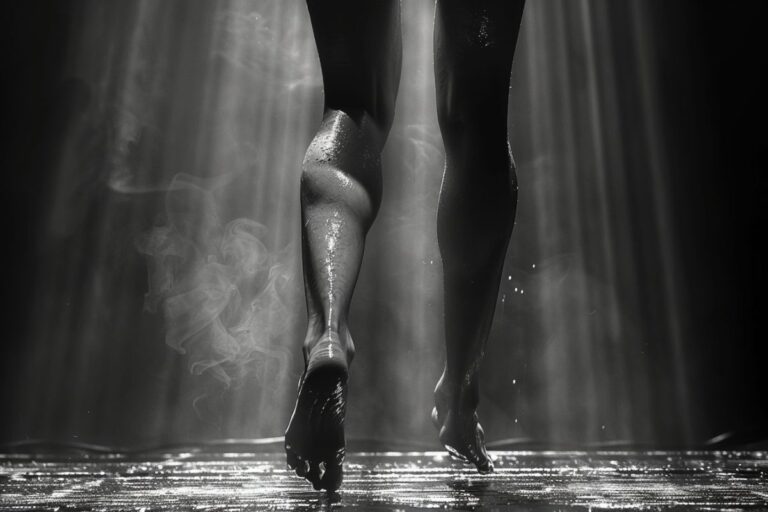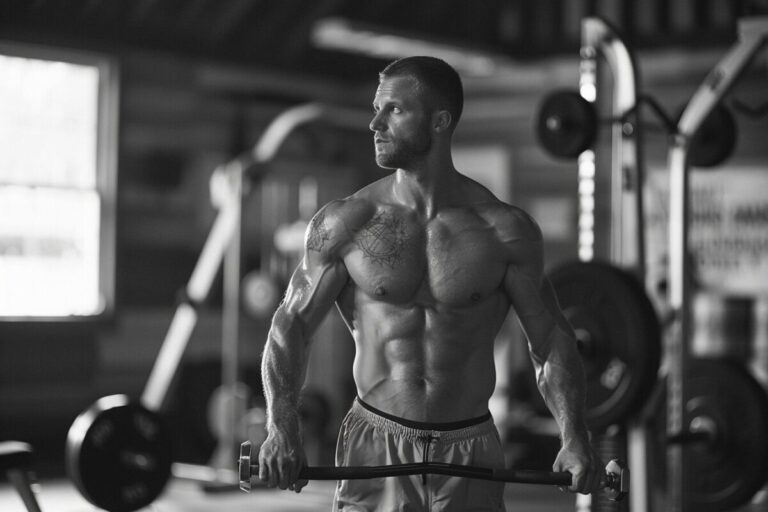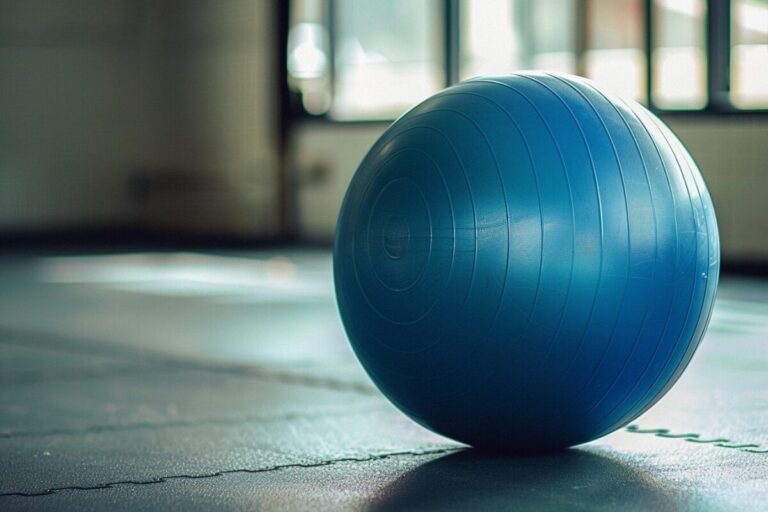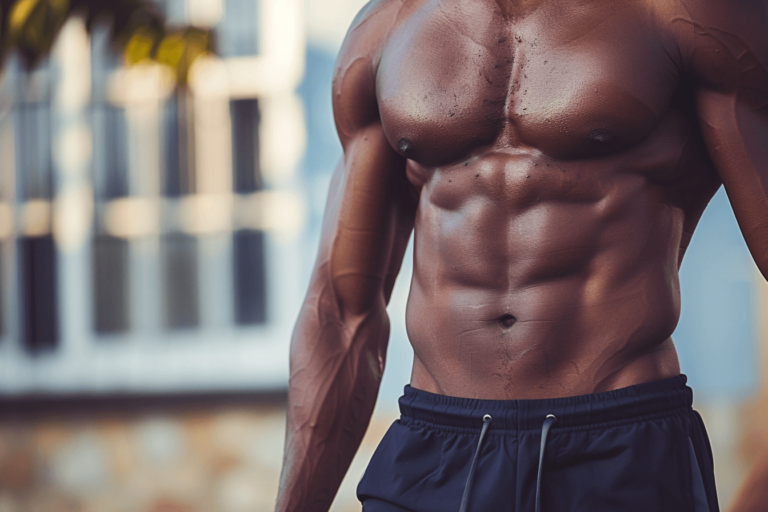So you’re feeling calf raises in your glutes? You’re pushing through those last few reps, and suddenly you feel your glutes getting in on the action?
You might find yourself wondering, “Is this normal? Am I doing something wrong, or is this a bonus booty workout?” If you’ve ever had this thought mid-workout, you’re not alone.
Calf raises are the main exercise responsible for scultping strong, shapely calves. But when your glutes start to twinge while you’re doing them, it can be confusing. After all, aren’t calf raises supposed to target the lower part of your legs?
In this post, we’re going to look at the relationship between calf raises and your glutes. We’ll explore the anatomy of these muscle groups, the mechanics behind the exercise, and why your glutes might just be activating during your calf rasies.
Whether you’re a beginner or season pro, understanding this connection can help you optimize your workout and maybe even welcome that unexpected glute engagement.
Understanding Calf Raises
When you’re performing calf raises, it’s not unusual to feel your glutes engaging. This section will explore how your body works during this exercise, focusing on the specific muscles, joints, and mechanics involved.
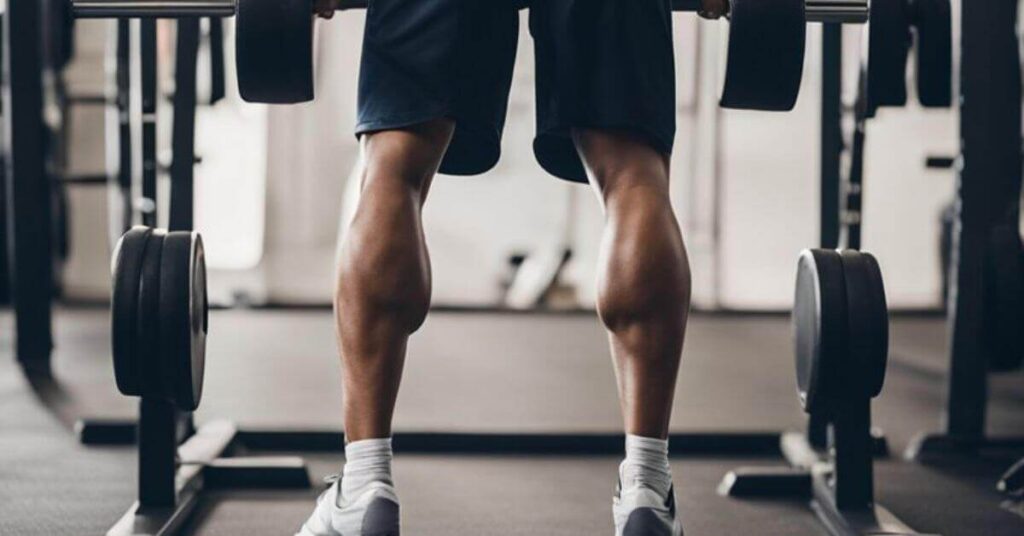
Anatomy of Calf Muscles
Your calf is primarily made up of two muscles: the gastrocnemius and the soleus.
The gastrocnemius is the larger, more visible muscle that forms the bulge beneath the skin. Beneath it lies the soleus, which is flatter and lies closer to the bone. Both muscles join to form the Achilles tendon, which attaches to the heel bone.
Function of Glutes in Calf Raises
While calf raises target the muscles in your lower legs, your glutes – specifically the gluteus maximus – may also become active.
The glutes contribute to stabilising your pelvis and maintaining your balance as you push upwards onto your toes. They ensure that your lower body moves as a unit and can inadvertently become part of the exercise, especially if they’re not already strong or activated correctly.
Mechanics of Calf Raises
During a calf raise, the movement starts from a flexed ankle position, elevating the heel and contracting the muscles in the calf. This action relies on the strength of the gastrocnemius and soleus muscles and the range of motion within your ankle joint.
Proper technique is crucial to focus the effort on the calf muscles and avoid unnecessary strain on other parts of your body.
Roles of Joints and Tendons
The ankle and knee joints coordinate to allow the smooth action of the calf raise. The tendons connecting your muscles to the bones are also critical; they transfer the force from your muscles to your bones, enabling the lifting of the heel.
A full range of motion in the ankle is vital to maximise muscle engagement without overcompensating with other muscles like the glutes.
Indirect Glute Engagement
When you’re performing calf raises, you might be surprised to feel your glutes working. This isn’t a random occurrence but an intentional engagement of stabiliser muscles during the movement.
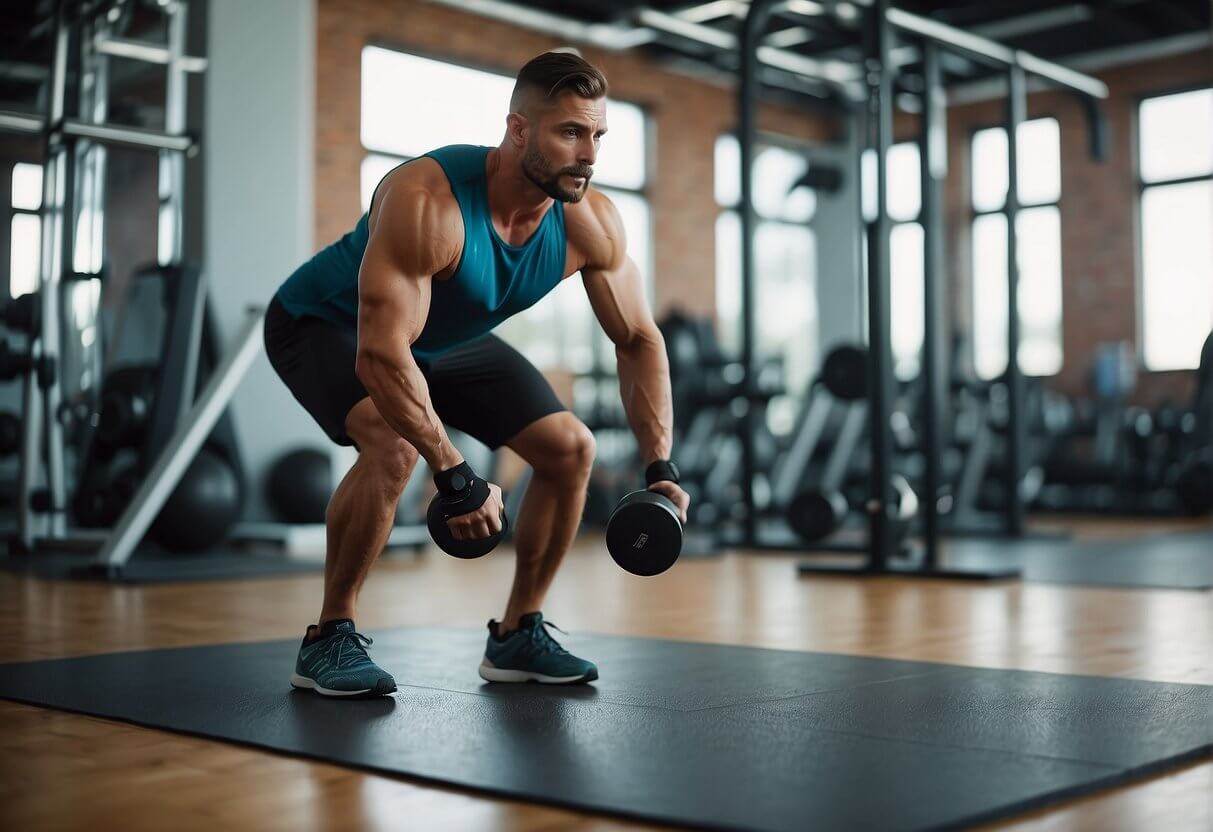
Glutes As Stabilisers During Calf Raises
Your glutes serve as stabilisers when you’re doing calf raises; despite the focus being on your calf muscles.
Imagine standing on your toes; your body needs stability and support to maintain that position. That’s where your glutes step in, providing the necessary foundation to keep you balanced.
Engaging the glutes is essential for maintaining proper posture and alignment throughout the exercise, preventing any unwanted sway or loss of form.
Calf Raise Variations That Target The Glutes
Introducing variations to the traditional calf raise can bring about a more significant muscle activation in the glutes.
A good example is the plié squat calf raise, which not only targets the calves but also involves more of the glute muscles due to its wider stance and turned-out position.
This compound movement adds a layer of complexity and can offer a dual benefit of working both the lower leg and the glutes. To get a feel for how to perform this effectively, check out the plié squat calf raise, which provides a detailed rundown of the movement’s form and muscles worked.
By incorporating exercises like this into your routine, you’re ensuring that you’re not just strengthening your calves but also giving your glutes a good workout.
Common Sensations During Calf Raises
When performing calf raises, you might expect the focus to be solely on your lower legs, but it’s not unusual to feel the exercise in your glutes as well. Let’s explore what could be happening and why.
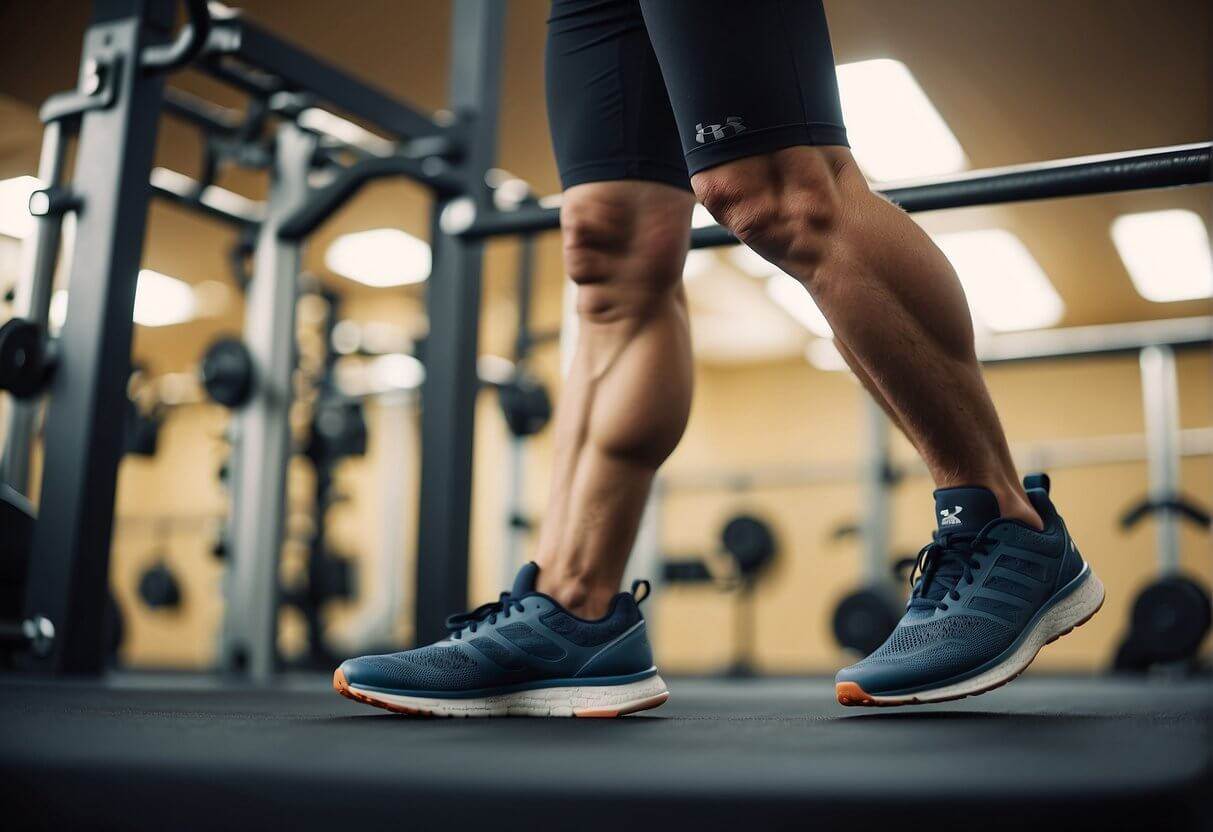
Feeling Calf Raises in Glutes
When you’re doing calf raises, the primary muscles at work should be the ones in your lower legs. However, your glutes may also become engaged, especially if you’re performing the exercise with more intensity or volume than usual.
This could be due to the stabilising role they play when you lift your heels off the ground.
Factors Affecting Muscle Activation
The sensation in your glutes during calf raises could relate to several factors. One significant aspect is form; how you position your feet can influence muscle activation.
Additionally, the weight you’re lifting and your body mechanics can cause secondary muscles, including the glutes, to assist in the movement.
Interpreting Discomfort and Pain
While tightness and stiffness in your glutes during calf raises might be normal to an extent, be mindful of pain.
Discomfort might indicate overworking or the use of improper technique. It’s crucial to differentiate between the feeling of muscles being worked and pain that signals potential harm.
Mind-Muscle Connection
Fostering a strong mind-muscle connection can greatly affect the efficacy of your workouts.
Being conscious of the muscle groups you’re aiming to target can help in reducing unintended engagement of other areas. Through practice, you can learn to isolate the calf muscles and minimise glute activation during the exercise.
Proper Technique and Form
When you’re performing calf raises, it’s crucial to nail down the technique if you want to target your calves effectively without unintentional strain elsewhere.
Foot Position and Movement
Your foot should be flat against the surface, with your toes pointing forward, forming a right angle to your shin. It’s essential to maintain this foot position as you lift your heel off the ground, ensuring your ankle stays aligned with your toes.
This mindful movement directly engages the calf muscles while maintaining balance.
Hip and Knee Alignment
Keep your hips and knees stable and aligned to avoid any unwarranted muscle compensation. Misalignment can lead to overusing the hips and glutes, which might be why you’re feeling the exercise in the wrong place.
Proper alignment ensures the focus remains on the calves.
Unilateral vs Bilateral Calf Raises
Choosing between unilateral (one-legged) and bilateral (two-legged) calf raises can impact the exercise intensity and balance required.
Unilateral raises challenge your stability and ankle strength more, so be mindful of your foot placement and hip alignment to keep the emphasis on your calf muscles.
Utilising Full Range of Motion
To fully engage your calves, it’s important to use the complete range of motion. Lower your heel below the level of the step for a stretch and then rise onto the tips of your toes.
It helps in maximizing calf muscle activation and ensuring a well-rounded exercise.
Modifications and Variations
Exploring different modifications and variations can help you understand why you feel calf raises in your glutes and fine-tune your workout to target the desired muscles effectively.
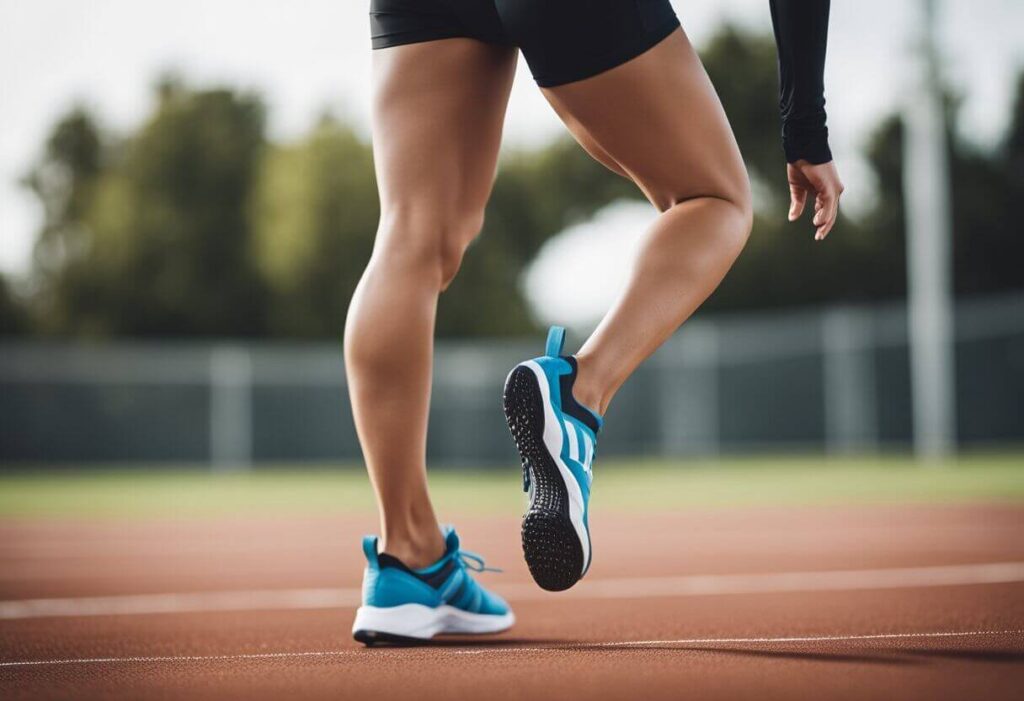
Seated vs Standing Calf Raises
Seated Calf Raise: When you’re seated, the emphasis is on the soleus muscle, which lies underneath your larger gastrocnemius. If your glutes are engaging, it might be due to the secondary tension as you lift the weight. Use a seated calf raise machine to focus on the lower leg while minimising glute involvement.
Standing Calf Raise: This variation predominantly targets the gastrocnemius muscle. However, if you feel it in your glutes, you might be lifting a heavy weight that causes you to inadvertently activate your gluteal muscles to aid in lifting. A standing calf raise can be performed with or without a barbell.
Utilising Different Weights
Incorporating various weights can change the dynamics of your calf raises:
- Light Weights: Allows for higher reps, focusing on endurance.
- Heavy Weights: Engages more muscle fibres for increased strength but may inadvertently involve the glutes due to the additional effort required to stabilise your body.
Experiment with dumbbells, weighted vests, or varying the weight on machines to see what feels right for you.
Altering Resistance and Load
Adjusting resistance and load can have different effects on muscle activation:
- Low Load: Great for warm-up or cool-down, placing less strain on your glutes.
- Increased Load: As you amplify the resistance, be it through machines or adding a barbell, your glutes may engage to assist with the movement, particularly if you’re striving for muscle growth or heightened strength.
Remember, using a progressive load necessitates proper form to prevent transferring too much effort to your glutes. Keep the movement controlled and concentrate on your calf muscles.


